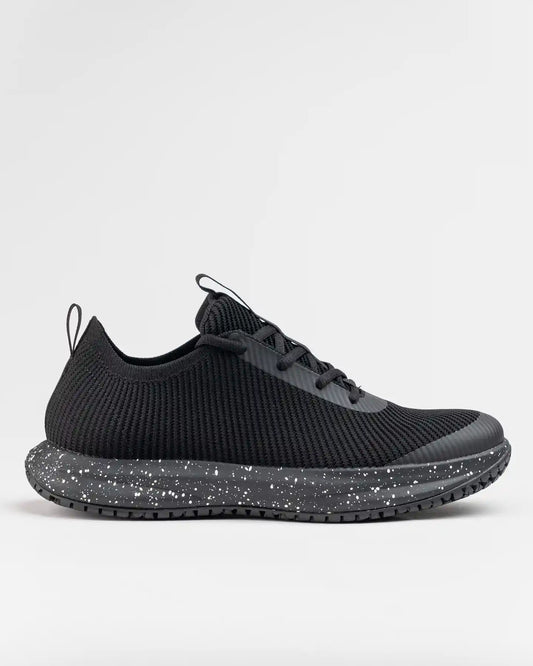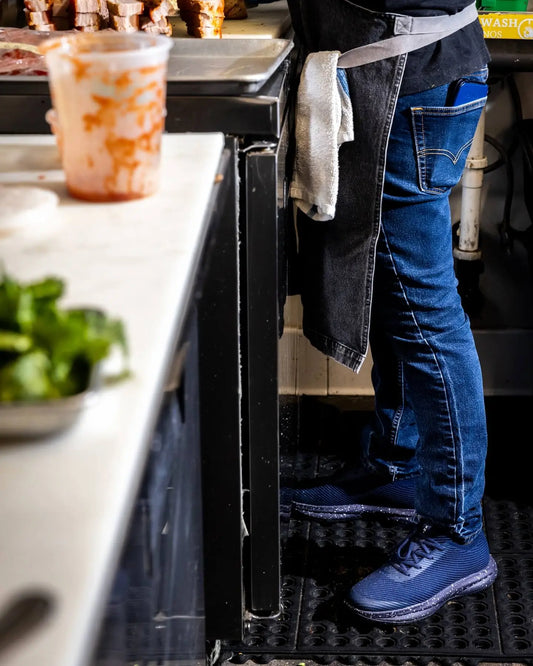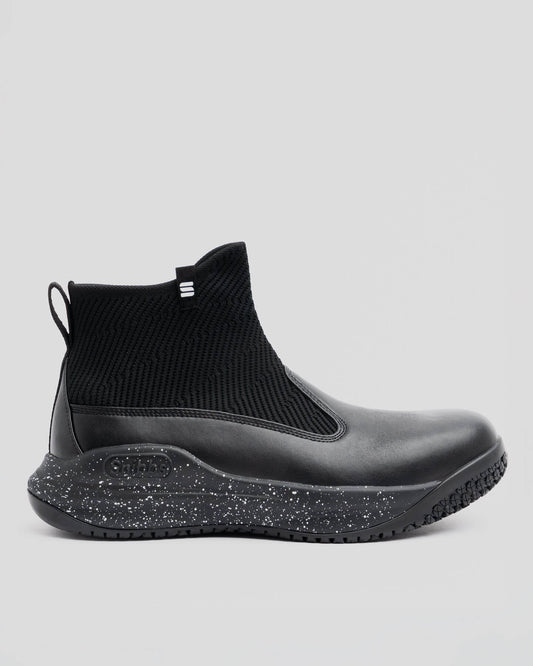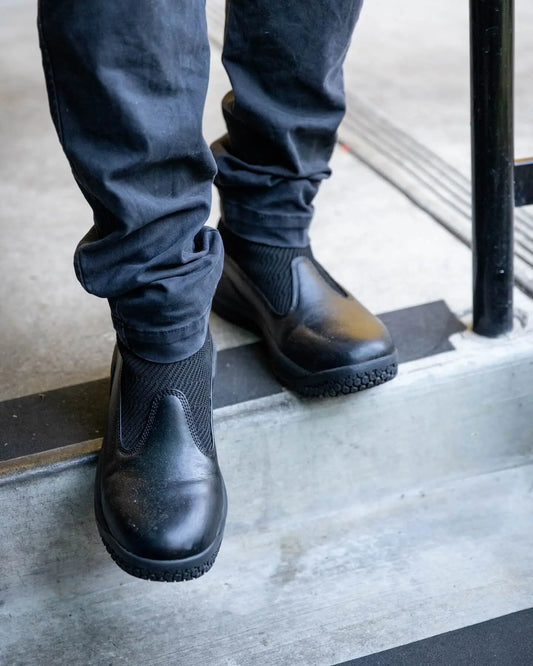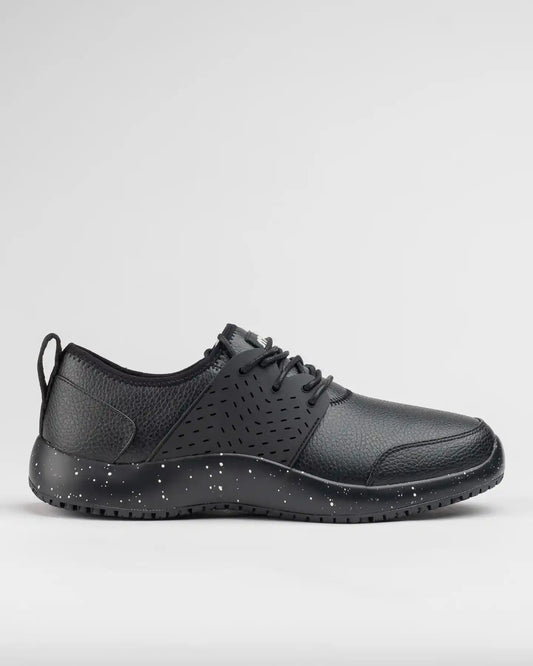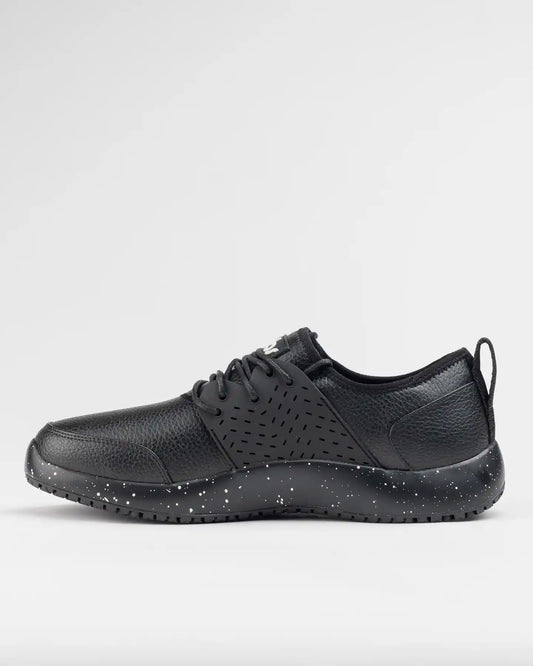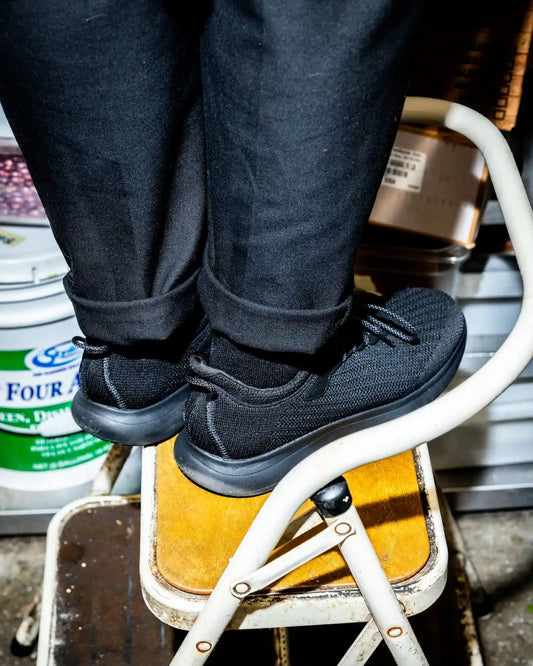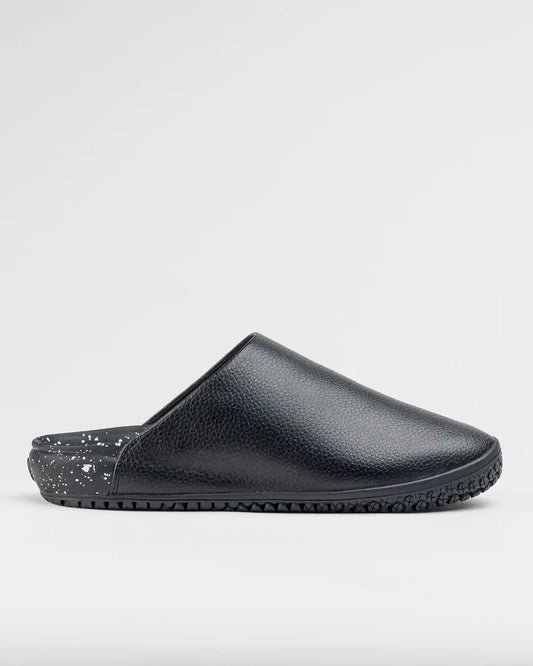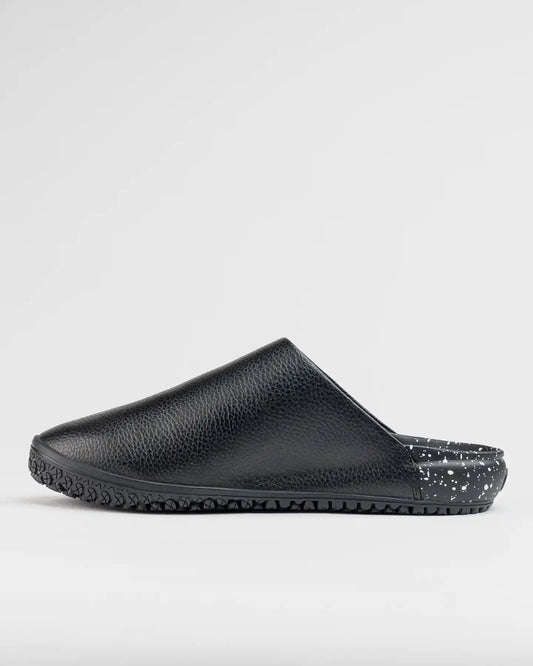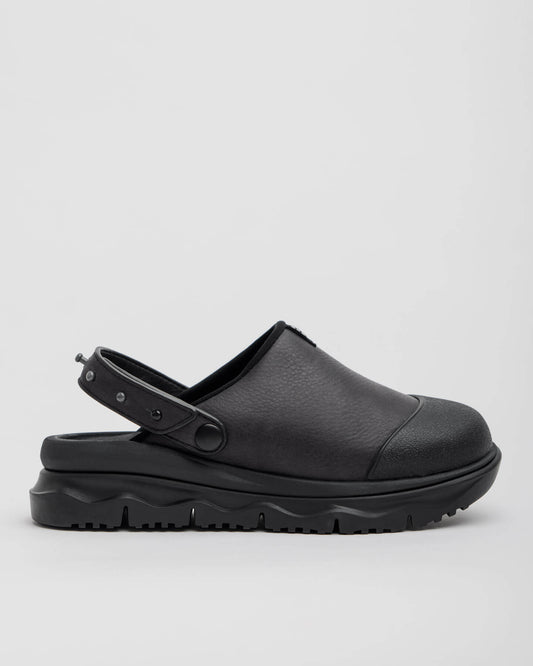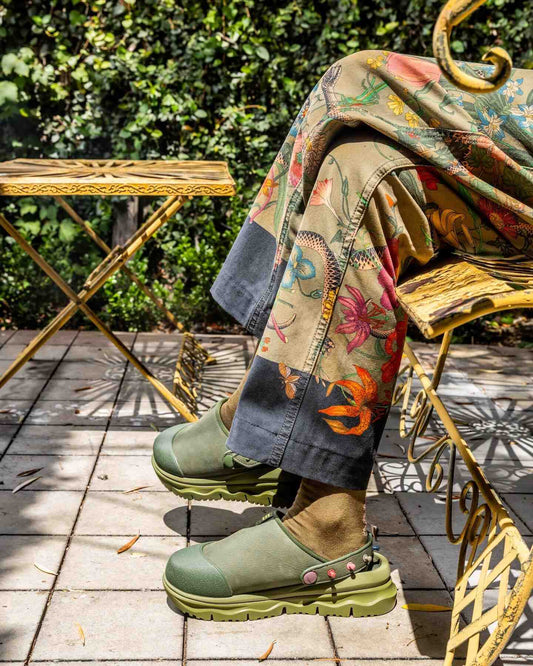How to Find the Best Shoes for Arch Support
Snibbs Footwear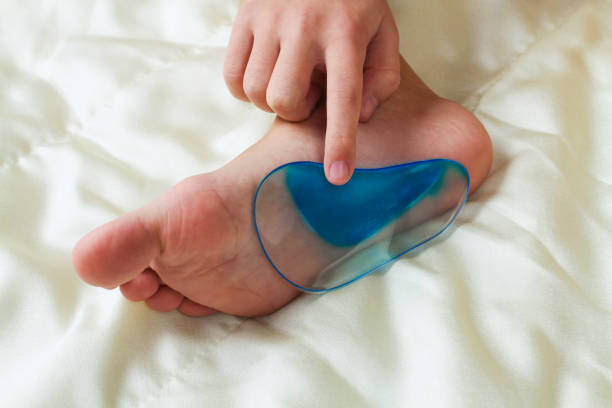
If you have been experiencing heel or foot pain, odds are that you are wearing shoes that do not provide adequate arch support. In fact, proper support to the arches of the foot is a simple solution to many foot problems. Before we look at best arch support shoes, it will be worthwhile to understand what the arch of the foot does and why arch support is required in the first place.
Why do you require arch support?
The arch of the foot plays a critical role in that it absorbs the pressure on your foot when you walk. It also provides an equitable distribution so that there isn’t too much pressure on any single area of the foot. The role of a foot arch cannot be overstated especially since these days we tend to walk on unforgiving surfaces such as concrete, stone, hardwood floors and more. By wearing shoes with proper arch support, you are offering your feet a natural alignment that prevents the onset of many foot problems.
Type of arches
Understanding your foot arch type is useful for both identifying the risk of injury as well as to determine what type of shoes will work best with your feet. Individuals have one of three basic types of arches: normal (moderate), low (flat feet), or high. An easy way to tell which arch style you have is to take “the wet test.” All you need to do is to take a shallow pan of water. Step into it and step onto a flattened brown paper bag. If the footprint so formed shows just the forefoot and the heel connected by a thin line, you have high arches. If a strip that is half the width of your foot connects the forefoot and the heel, you have moderate arches. If, on the other hand, the footprint looks like a wide flat foot, you have low arches.
Let us look at each of them in some detail:
1. Low Arch/Flat Feet
Such feet have a very little arch definition. With low arches the foot tends to roll inwards or what is experienced as overpronation. With low arches the foot is susceptible to a number of problems including but not limited to:
- Plantar Fasciitis
- Heel Spur
- Bunions
2. Medium Arch
Feet with medium arches are biomechanically efficient and are moderately flexible. Such feet are less susceptible to foot problems. However, improper shoes and repetitive stress can lead to heel pain and other issues.
3. High Arch
With a high arch, you tend to absorb pressure both in the forefoot as well as rear foot. Feet with high arches are susceptible to foot problems such as:
- Heel pain
- Plantar Fasciitis
- Calluses, and more
Finding shoes that offer arch support
Knowing your foot arches, you need to find shoes that support your natural arches. Essentially you need shoes that offer support and shock absorption for your arches. With the right cushioning, your feet are adequately supported even if your work involves being on your feet all day. For example, if you have high arches, what you need are high arch support shoes that have extra cushioning in the forefoot as well as a rear foot to help absorb the pressure on these areas. Arch support insoles can go a long way in cushioning those areas of your feet that receive the most pressure, depending on the type of arch you have. Whether you're looking for comfortable doctor's shoes, shoes for nurses, or for anyone in the healthcare industry, our work shoes are sure to provide you support.
